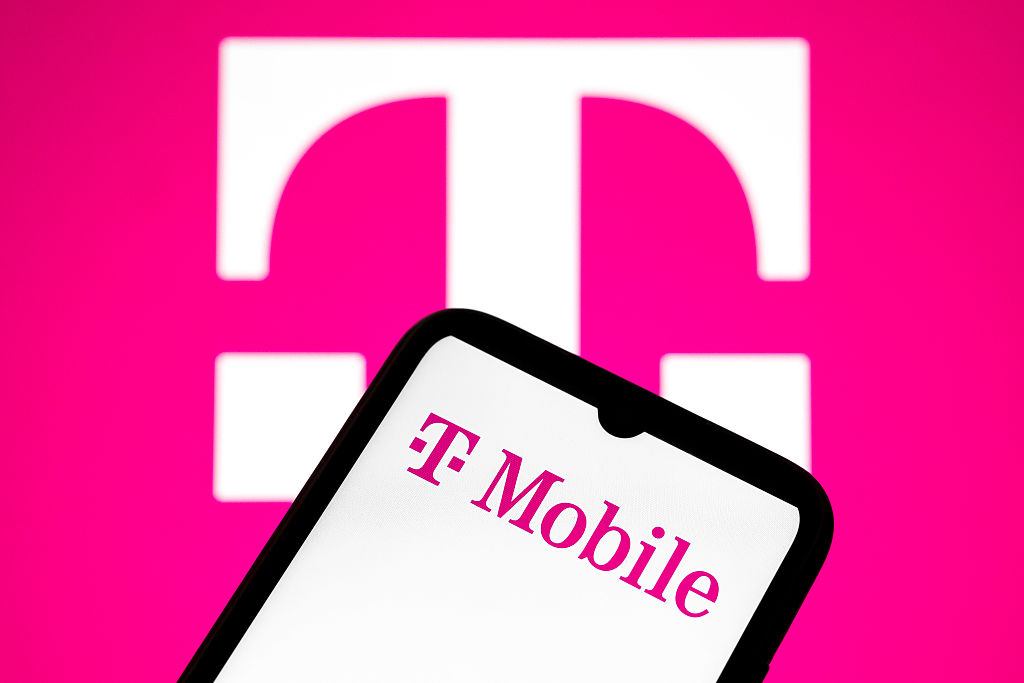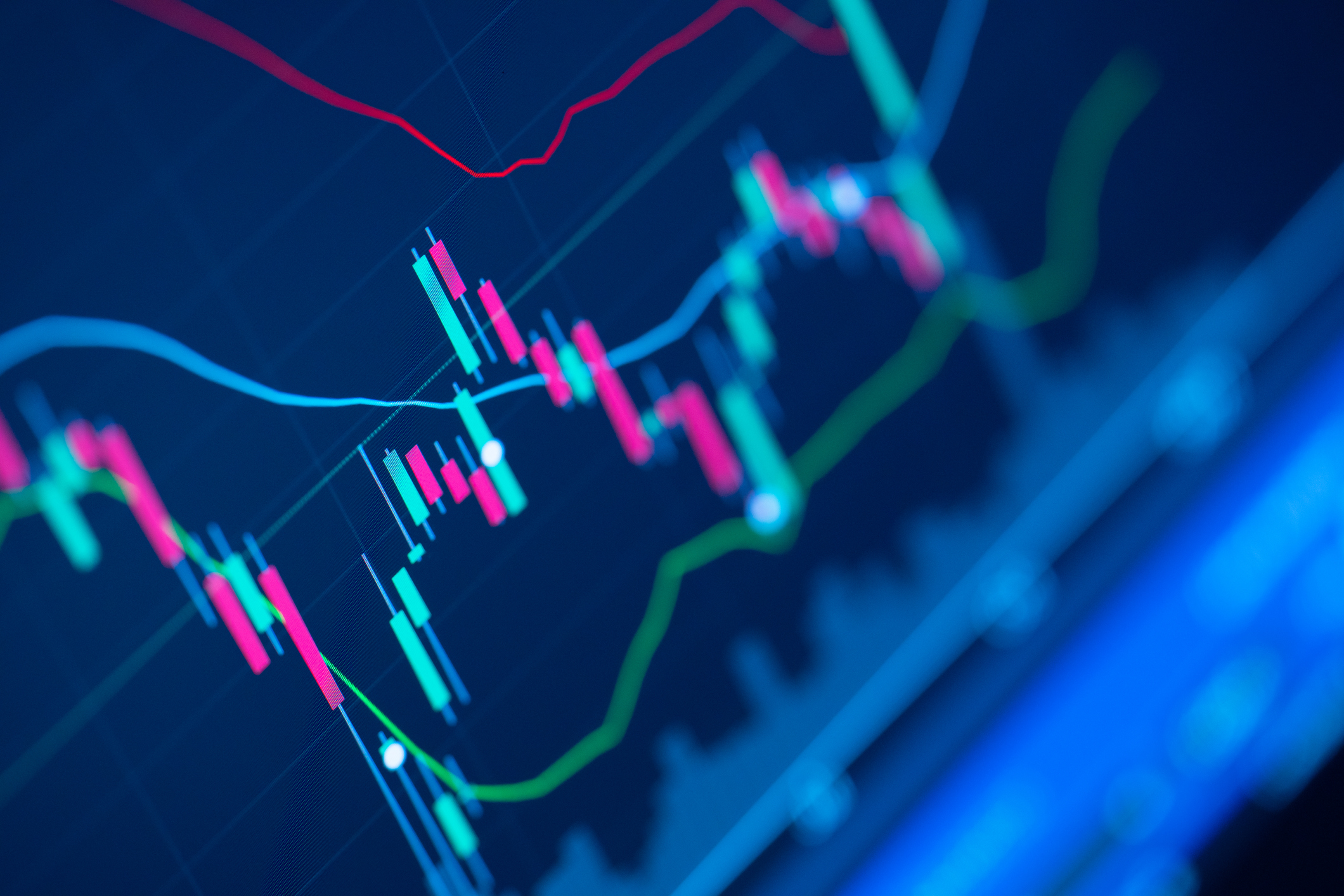Where to Invest in the Second Half of 2012
You’ll find plenty of good stocks at favorable prices, but also a lot of risks both here and abroad.

What would you do if you earned a year’s pay for six months’ worth of work? Would you pocket the money and run? Or stick around hoping for another outsize check? That’s the dilemma facing investors now. Since the start of the year, Standard & Poor’s 500-stock index returned nearly 10%. That beat most forecasts for all of 2012 (including ours, by a hair) and essentially matches the U.S. stock market’s long-term record. In our January issue, we predicted that U.S. stocks would produce a total return of 8% to 9% over the next year. (See Kiplinger's Investing Outlook for 2012.)
Here’s the dilemma for prognosticators: Just when many (including us) determined that their targets for 2012 had been too conservative, a series of surprisingly tepid economic reports cast doubt on the strength of the recovery, one of the foundations for this year’s rally. For the record, we believe a springtime hiccup in stock prices was a pause in a continuing upward, albeit moderate, climb. We now think that U.S. stock prices could return 12% to 15% this year, putting the Dow Jones industrial average in the neighborhood of 13,800 and the S&P 500 index at about 1425. Considering that the indexes were within shouting distance of our target in early May, our prediction could turn out to be overly cautious—again. Or it could be that any gains at all from recent levels will be hard-won in a choppy market. You can make a case for either scenario.
For all the focus on picking a price target and forecasting a return, trying to gauge how much gas the market has left misses the main point. And that is that stocks, particularly in the U.S., still represent good value given the earnings potential and rock-solid finances of corporate America, the reasonable strength of the economy, and the competition (or lack thereof) from fixed-income investments. (Treasury bonds, for example, are yielding less than 2% for ten-year debt, and savings accounts and money market funds are paying practically nothing.) “Whether the market has gone up or down is less important than how it’s priced,” says Pat Dorsey, president of Sanibel Captiva Investment Advisers. “We still think equities are reasonably cheap.”
From just $107.88 $24.99 for Kiplinger Personal Finance
Become a smarter, better informed investor. Subscribe from just $107.88 $24.99, plus get up to 4 Special Issues

Sign up for Kiplinger’s Free Newsletters
Profit and prosper with the best of expert advice on investing, taxes, retirement, personal finance and more - straight to your e-mail.
Profit and prosper with the best of expert advice - straight to your e-mail.
The Case for Stocks
Owning a piece of corporate America sure seems like a good deal. Analysts expect companies in the S&P 500 to log earnings growth of 6% this year and 10% in 2013. At 1369, the S&P sells for just 13 times estimated profits for the coming 12 months, below the ten-year average of 14.5 (all prices and related data are as of May 4). Indications are that as investors become more confident about the health of the economy and corporate finances, they are becoming more willing to pay a little more for stellar company profits. And as price-earnings ratios climb, stock prices will climb as well. The crucial question is how long companies can keep the earnings streak going. “Earnings sustainability is something we’re paying attention to,” says Greg Allison, portfolio strategist at RegentAtlantic, an investment firm in Morristown, N.J.
For now, though, analysts, who are so often criticized for forecasting corporate earnings through rose-colored glasses, are, if anything, a little too pessimistic. That led to a first-quarter earnings season chock-full of pleasant surprises. With 84% of S&P 500 companies reporting (through May 4), 68% had exceeded analyst expectations. In a typical quarter, 62% of companies report higher-than-expected earnings. “Earnings growth has been absolutely phenomenal,” says Liz Ann Sonders, chief market strategist at Charles Schwab.
Dividend growth is just as stunning. Analysts at Bank of America Merrill Lynch expect S&P firms to boost payouts by an average of 15% this year and 9% next year. “From a micro perspective, at the corporate level, things are still pretty darn good,” says Sonders.
It’s the macro perspective—that is, the big economic picture—that gives investors intermittent fits. After the economy got off to a buoyant start this year, some reports revived fears that it was sinking. Kiplinger’s expects gross domestic product to grow a modest 2.3% this year, but push closer to 3% next year—not bad for an economy that a lot of people thought was headed into another recession at this time last year. So far in 2012, the economy has produced an average of 200,000 new jobs per month. Depending on how many job seekers reenter the market, the unemployment rate could fall to about 8% this year, from an average of 8.9% in 2011.
The news isn’t all good. Politicians are likely to push us to the edge of a fiscal cliff as the end of the year approaches. Unless lawmakers act before the start of 2013, the so-called Bush tax cuts will expire, including the preferential 15% rate on qualified dividends. The temporary payroll tax cut will vanish, along with some jobless benefits. And $1.2 trillion in spending cuts over the next ten years will be triggered if Congress can’t reach a budget compromise. “We could be in a recession in 2013 if all of those things expire,” says Lisa Shalett, chief investment officer of Merrill Lynch Global Wealth Management. When push comes to shove—and it will—we expect a compromise.
Then there’s continuing turmoil overseas. A euro-zone recession and slowing growth in emerging markets is bad news for growth in U.S. exports, which could slow from 6.7% last year to 4.2% this year, according to IHS Global Insight. (For our international investing outlook, see Why Investors Should Turn Away from Europe.) High gasoline prices are squeezing consumers, with tensions in Iran threatening to disrupt supplies. But consumers are in much better shape this year than last. The rate of consumer inflation rose from 1% at the start of last year to nearly 4% by last fall—the equivalent of subtracting three percentage points from household income growth. This year, the trend has reversed, as food and other commodity prices have fallen and gas prices have slowly begun to moderate. The inflation rate should fall to about 2% by year-end.
Meanwhile, housing is bouncing along a bottom, and—wonder of wonders—banks are lending again. Bank lending, which was anemic during the first two years of the recovery, has risen steadily over the past year—a telling sign, says James Paulsen, an economist and chief investment strategist at Wells Capital Management, in Minneapolis. “The biggest thing that’s starting to happen is a slow but steady resurrection of confidence in this country,” says the bullish Paulsen.
If Paulsen is right, stock investors will want to shift gears. Consider pulling away from some of the more defensive corners of the market—for example, utilities and consumer-staples stocks—to focus on stocks that are the most sensitive to growth that occurs late in the economic cycle.
Industrial Renaissance
A mood swing may be most appropriate when it comes to the manufacturing sector, where industrial companies are leading the economy. After decades of struggle, U.S. manufacturers are finally competitive, the result of the highest productivity in the world and a weak dollar that makes U.S. goods attractive to consumers around the globe. The collapse of natural gas prices is a boon for U.S. factories, especially for chemical makers, and with wages rising in China but remaining subdued here, more than one-third of large manufacturers surveyed in February by Boston Consulting Group are considering “re-shoring,” or bringing production back to the U.S. from China. “The resurgence in manufacturing is what gives me confidence,” says Schwab’s Sonders. “This whole manufacturing renaissance is not getting enough attention.”
Stocks of some world-class industrial companies have been beaten up as growth in China has slowed. But these high-quality stocks are worth a look. Caterpillar (symbol CAT, $98), the largest heavy-equipment manufacturer in the world, dominates the U.S. market and trades at just 10 times estimated 2012 earnings. Paccar Inc. (PCAR, $41), known for its Peterbilt trucks, remained profitable even in 2009, when truck sales fell 48%. Now, profit margins are expanding as sales grow. Parker Hannifin (PH, $85), maker of valves and components for all kinds of machines and equipment, reported record quarterly earnings in April and raised its dividend for the second straight quarter. Industrial Select SPDR (XLI), an exchange-traded fund that offers investors a diversified mix of industrial companies, is another good way to play the theme.
Katherine Nixon, chief investment officer for personal financial services at Northern Trust, says top-flight energy stocks are good buys now, including Chevron (CVX, $104), diversified geographically and across the oil, natural gas, and refining and marketing segments. Income-oriented investors should consider Kinder Morgan (KMI, $35), the holding company for the largest pipeline network in the U.S. The stock yields 3.6%, and Kinder should be able to increase the dividend at an annual rate of 9% to 10% over the next few years, says Sanibel’s Dorsey.
Tech stocks should benefit when companies start spending again. There is pent-up demand, says Nixon. It may also surprise you to learn that technology now ranks second among industry sectors (behind consumer staples) for dividend payments. Stick with cash-rich, large-company stalwarts with muscular balance sheets, says Dorsey. He prefers Google (GOOG, $597) and Oracle (ORCL, $28). Nixon recommends Qualcomm (QCOM, $62), which provides chips for Apple iPhones. Speaking of the 800-pound gorilla in the tech sector—Apple (AAPL, $565), of course—we’re still bullish, given the prospects for its popular gadgets, especially overseas. Selling at just 12 times estimated 2012 earnings, the stock, although the biggest in terms of market value, is not overpriced.
Fixed-Income Outlook: No Love for Bonds
Given his conservative clients, you’d think Pat Dorsey, president of Sanibel Captiva Investment Advisers, would recommend a fair amount of bonds. You’d be wrong. “Fixed income? We hate it,” says Dorsey. “Bonds are so expensive it’s frightening.”
We agree that the long bull market in bonds—especially for Treasury debt—is likely to end soon. Although the Federal Reserve Board won’t raise short-term rates in the near future, yields on ten-year Treasuries could rise from early May’s near-record low of 1.9% to 2.5% by year-end. Prices move in the opposite direction of yields, so Treasuries are likely to lose value—making this a good time to lighten bond positions, especially in funds.
Dorsey finds better sources of income in dividend-paying stocks and master limited partnerships. Lisa Shalett, at Merrill Lynch Global Wealth Management, says that corporate bonds remain attractive. Even in a lukewarm economy, U.S. corporations are enjoying record profit margins and have pristine debt-to-capital ratios. “Corporate bonds are the new triple-A credits,” Shalett says. Find them in Vanguard Intermediate-Term Investment-Grade Fund (symbol VFICX), which yields 2.7%. For more buys in corporate bonds, see Cash in Hand.
Kiplinger's Investing for Income will help you maximize your cash yield under any economic conditions. Download the premier issue for free.
Profit and prosper with the best of Kiplinger's advice on investing, taxes, retirement, personal finance and much more. Delivered daily. Enter your email in the box and click Sign Me Up.

Anne Kates Smith brings Wall Street to Main Street, with decades of experience covering investments and personal finance for real people trying to navigate fast-changing markets, preserve financial security or plan for the future. She oversees the magazine's investing coverage, authors Kiplinger’s biannual stock-market outlooks and writes the "Your Mind and Your Money" column, a take on behavioral finance and how investors can get out of their own way. Smith began her journalism career as a writer and columnist for USA Today. Prior to joining Kiplinger, she was a senior editor at U.S. News & World Report and a contributing columnist for TheStreet. Smith is a graduate of St. John's College in Annapolis, Md., the third-oldest college in America.
-
 The Retirement Donor's Checklist: Key Deadlines by Gift Type
The Retirement Donor's Checklist: Key Deadlines by Gift TypeRetirees have some charitable contribution options that can help avoid spikes in income from RMDS and capital gains.
-
 Cooler Inflation Supports a Relief Rally: Stock Market Today
Cooler Inflation Supports a Relief Rally: Stock Market TodayInvestors, traders and speculators welcome much-better-than-hoped-for core CPI data on top of optimism-renewing AI earnings.
-
 Are T-Mobile's Prepaid Perks a Home Run or a Strikeout?
Are T-Mobile's Prepaid Perks a Home Run or a Strikeout?T-Mobile's prepaid lineup promises MLB.TV, T-Mobile Tuesdays and hotspot data. But do the perks make it worth switching?
-
 Nasdaq Sinks 418 Points as Tech Chills: Stock Market Today
Nasdaq Sinks 418 Points as Tech Chills: Stock Market TodayInvestors, traders and speculators are growing cooler to the AI revolution as winter approaches.
-
 If You'd Put $1,000 Into Coca-Cola Stock 20 Years Ago, Here's What You'd Have Today
If You'd Put $1,000 Into Coca-Cola Stock 20 Years Ago, Here's What You'd Have TodayEven with its reliable dividend growth and generous stock buybacks, Coca-Cola has underperformed the broad market in the long term.
-
 If You Put $1,000 into Qualcomm Stock 20 Years Ago, Here's What You Would Have Today
If You Put $1,000 into Qualcomm Stock 20 Years Ago, Here's What You Would Have TodayQualcomm stock has been a big disappointment for truly long-term investors.
-
 If You'd Put $1,000 Into Home Depot Stock 20 Years Ago, Here's What You'd Have Today
If You'd Put $1,000 Into Home Depot Stock 20 Years Ago, Here's What You'd Have TodayHome Depot stock has been a buy-and-hold banger for truly long-term investors.
-
 Stocks Swing in Volatile Session: Stock Market Today
Stocks Swing in Volatile Session: Stock Market TodayThe main indexes fell sharply in early trading on rising China tensions, but rebounded thanks to encouraging bank earnings.
-
 Stock Market Winners and Losers of the 'Big, Beautiful' Bill
Stock Market Winners and Losers of the 'Big, Beautiful' BillDefense, manufacturing and tech should prosper, while health care and green energy stocks face hurdles.
-
 Dow Adds 238 Points as UNH, CAT Pop: Stock Market Today
Dow Adds 238 Points as UNH, CAT Pop: Stock Market TodayThe lack of a September jobs report didn't seem to worry market participants, with the data delayed due to the ongoing government shutdown.
-
 If You'd Put $1,000 Into Bank of America Stock 20 Years Ago, Here's What You'd Have Today
If You'd Put $1,000 Into Bank of America Stock 20 Years Ago, Here's What You'd Have TodayBank of America stock has been a massive buy-and-hold bust.